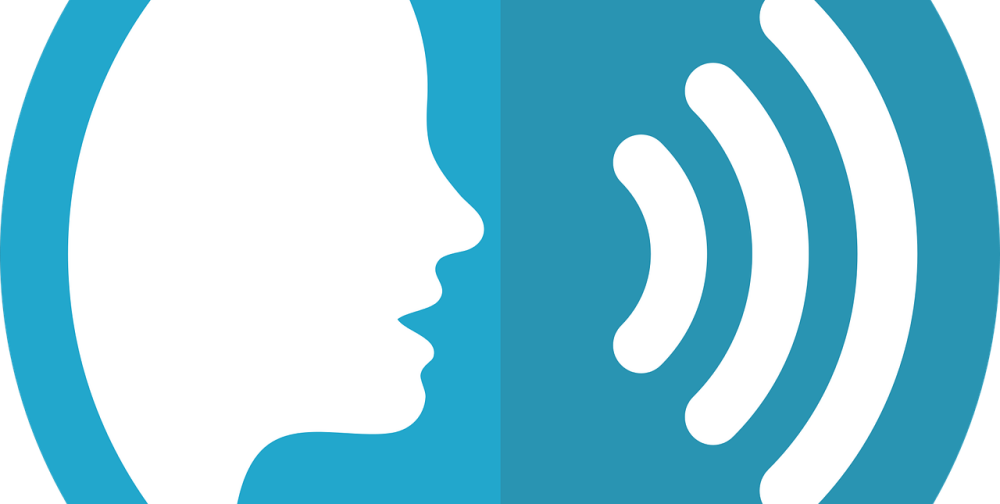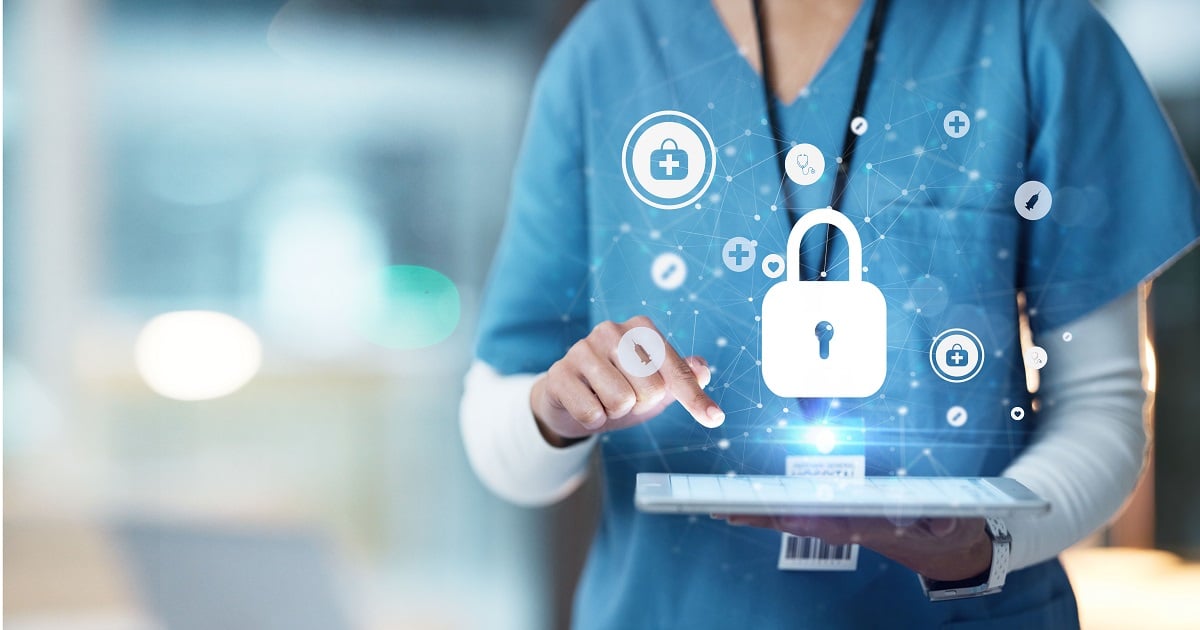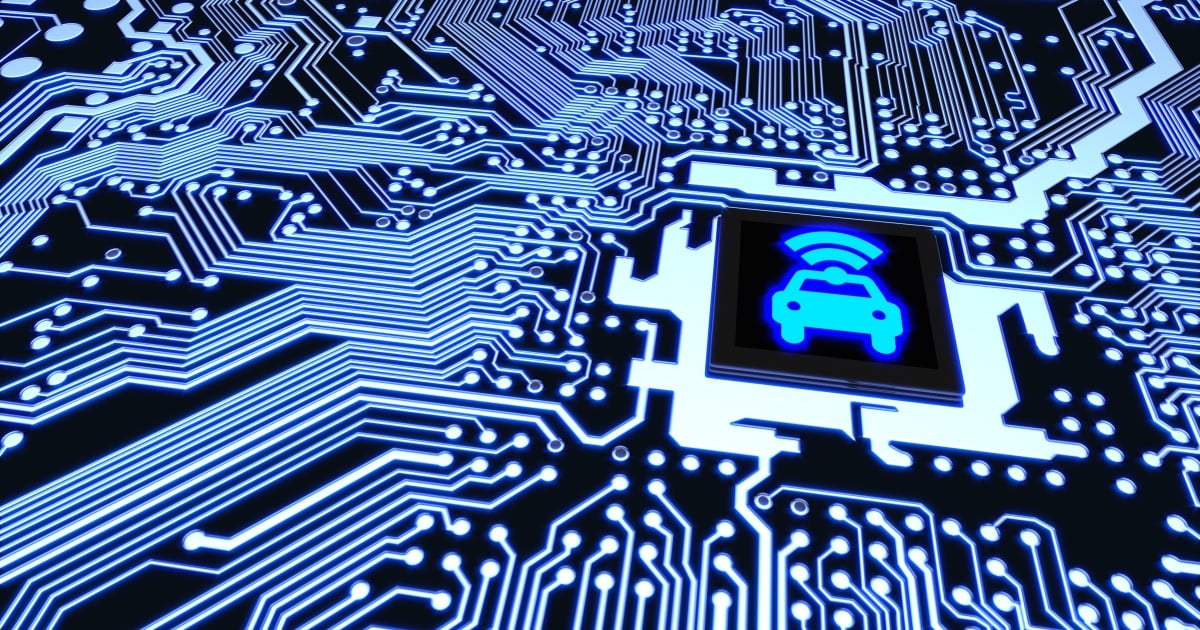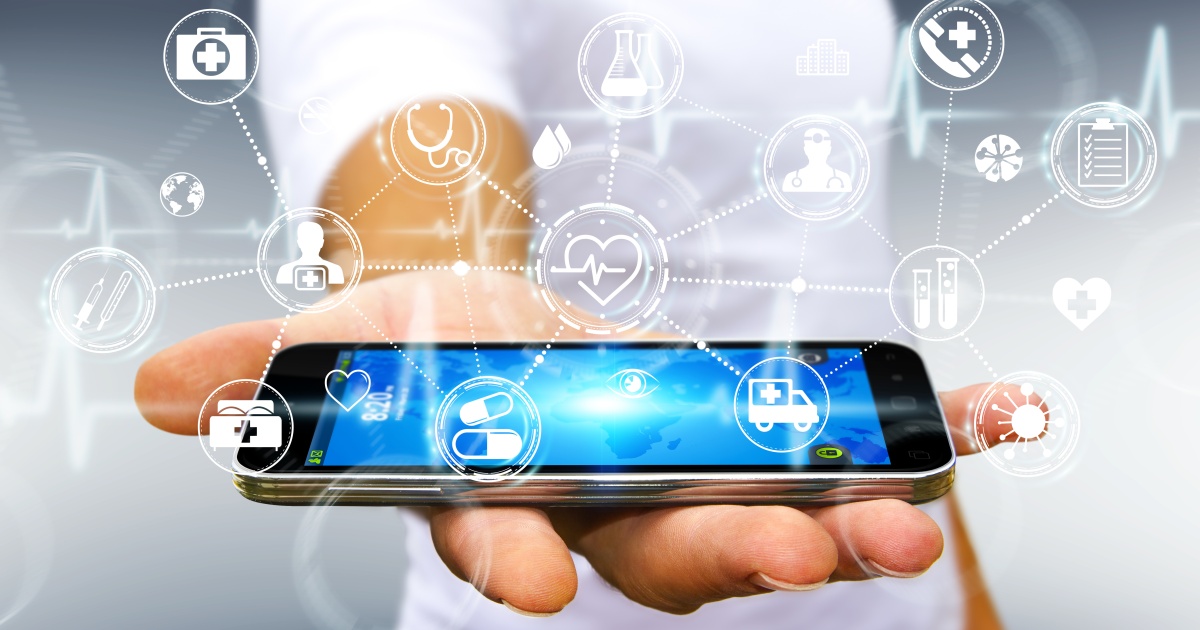
Until recently, senior at-home healthcare solutions consisted of monitored fall-detection alert systems or healthcare workers taking care of seniors at home. There just wasn’t much else available.
Enter the IoT and its 18 billion connected devices forecast by 2022. When considering those dizzying numbers in conjunction with the ever-growing number of senior citizens in the world (forecast by the United Nations Population Fund to be a billion by 2020), it seems logical that the IoT should enable and support advancements in healthcare for seniors.
The good news? It will. Here are just a few of the ways:
Wearables and Portables
IoT-connected wearables like Fitbits and Apple Watches are already monitoring and reporting things like heart rate, blood pressure and other vital information that can assist physicians treating seniors. With other connected devices, a cardiologist can receive real-time alerts of an arrhythmia or other cardiac event. Smart blood sugar monitors help seniors manage diabetes and provide a record of readings for physicians. Sleep duration and quality, along with diet and fitness, are also part of the wearables market that allow seniors to easily track and report data to, and receive feedback from, their healthcare professionals.
In addition to wearables, connected portable devices can assist seniors by allowing them to perform urine and blood tests from the comfort of home, rather than having to coordinate appointments and transportation to lab facilities or doctors’ offices. The results of the at-home tests can be instantly shared with healthcare providers to help monitor existing conditions, diagnose new conditions and keep tabs on overall health and wellness.
Smart Home
The smart home concept has evolved from relatively simple controls on doors, thermostats and lighting to a robust range of services that create a virtual butler that lets residents live their lives securely, more efficiently and more comfortably. A smart home system designed for seniors can learn the senior’s daily medications and issue reminders on when to take them. These smart home butlers can also connect to wearables to remind seniors to follow medical advice, like getting a particular number of steps per day, or drinking a certain amount of water.
A smart home system can also help seniors stay connected with family and friends via voice- and touchscreen-activated video chat and messaging platforms.
Emergency Alerts
Monitored fall-detection devices have been around for decades, and they will continue to serve seniors in the IoT age. These emergency alert devices are being expanded, however, to include not just falls inside the home, but allow a wider range of emergency assistance services via connected devices. Some senior-specific health issues like dementia and Alzheimer’s result in the need for navigation assistance—helping a senior find their way back home or, conversely, helping family members locate a senior who has lost their way.
Other emergency alerts could be connected to a smart home system, like if a senior with dementia or Alzheimer’s has exited the residence, or lack of movement or irregular movement alerts.”
IoT-connected wearables, portables, smart home features and emergency alerts will not only improve in-home senior healthcare and lifestyle in terms of the frequency and quality of care and supporting prolonged independence at home, they will also help lower the cost of the care by mediating emergencies, cutting down on transportation costs, eliminating office visit charges, and facilitating early diagnosis of new conditions. But most importantly, the IoT will provide elderly people and their families with enhanced peace of mind. They will feel connected instead of isolated. And they will have the assurance that caretakers and reliable systems are keeping track of their wellbeing.
Edited by
Ken Briodagh





